

The jellyfish is a fascinating creature. Floating lazily along in the ocean current resembling plastic bags, the gelatinous zooplankton seem to do little more than add a colorful glow to our aquariums and occasionally give swimmers a reason to urinate on each other. But jellies are also efficient hunters, and increasingly, huge nuisances. In some regions, these blobby predators rule the seas—to the extent that they’re killing off other marine life and swarming power plants.
In honor of these majestic, sometimes terrible creatures, here are eight reasons to be awed by jellies:
Click here to enter the gallery








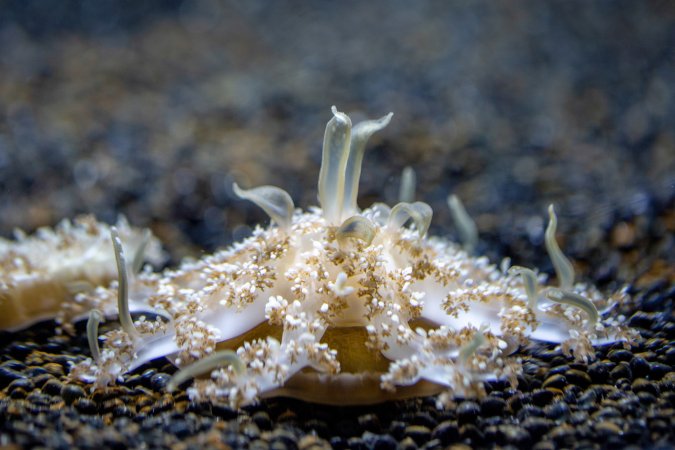

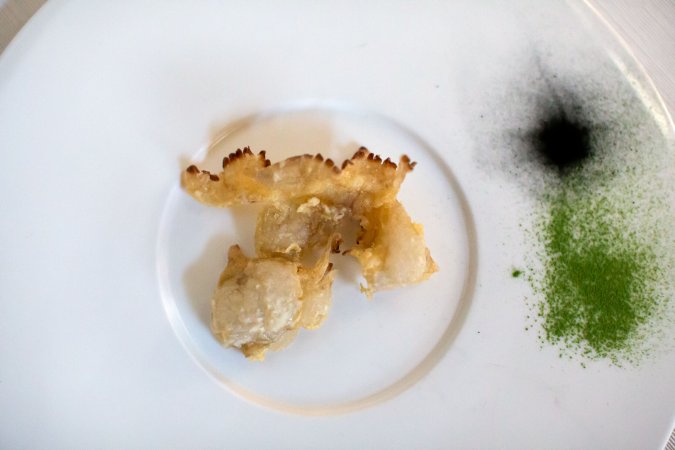






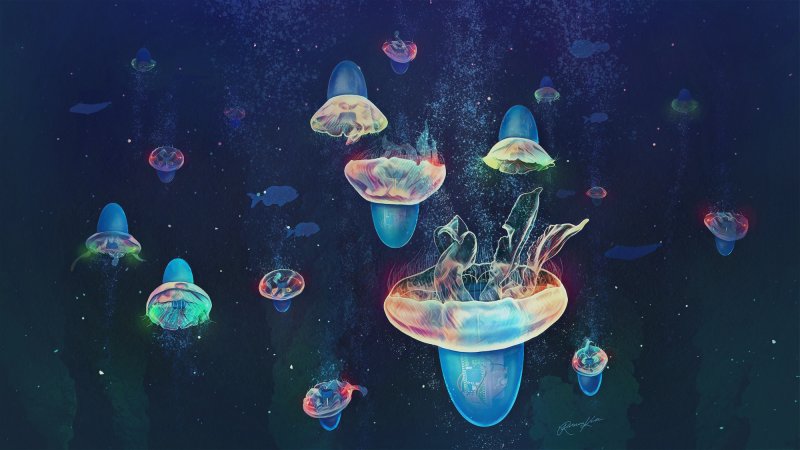




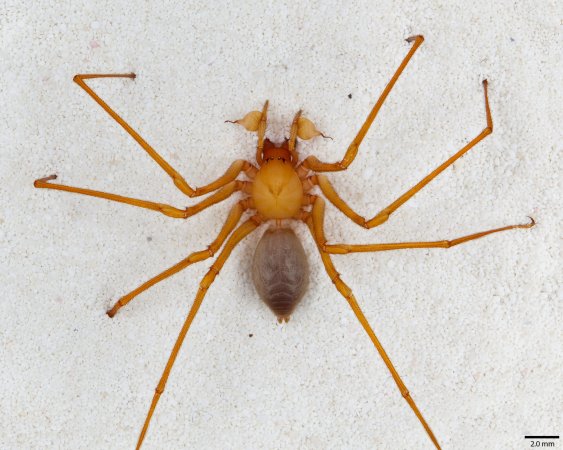



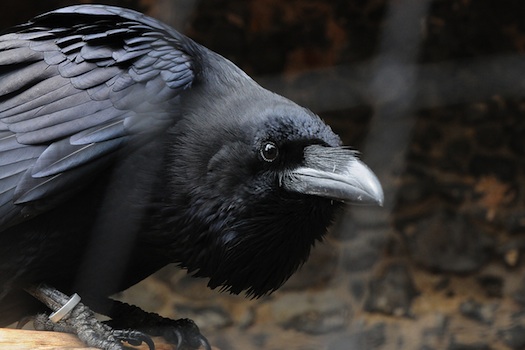



![The Wheel Of Exotic Pets [Infographic]](https://www.popsci.com/wp-content/uploads/2019/03/18/OPHTB7XBQU5H2LG5DXLVROEZXY.png?quality=85&w=506)
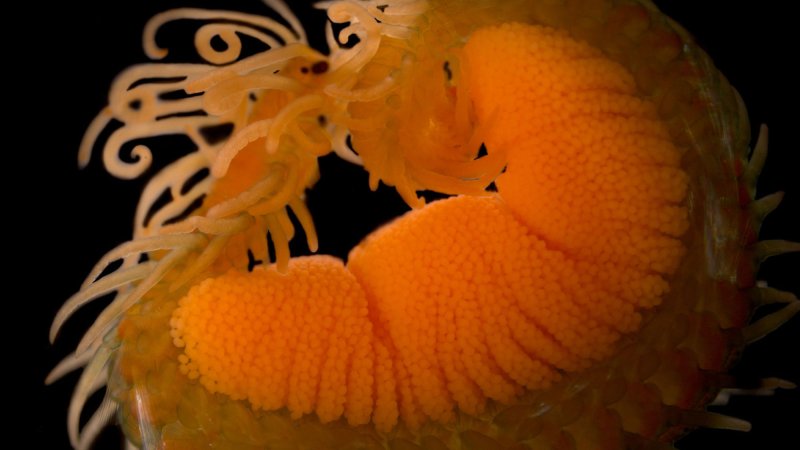
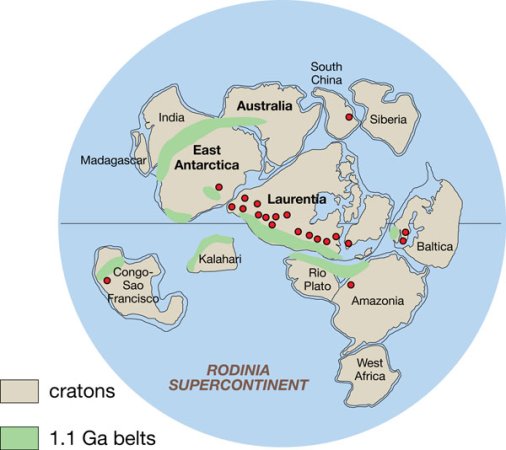
![Where Do Blizzards Come From? [Vintage Infographic]](https://www.popsci.com/wp-content/uploads/2019/03/18/KYW4YZHLPHFSRWJIWS37JBCOFE.jpg?quality=85&w=540)
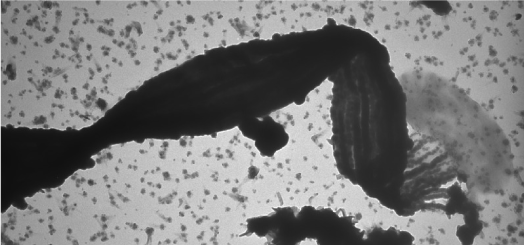

![Here’s How Big A Problem Wolves Are For Cattle Ranchers [Infographic]](https://www.popsci.com/wp-content/uploads/2019/03/18/2FYWPIEHB3BR57VUKD2ER5PHVM.jpg?quality=85&w=640)

